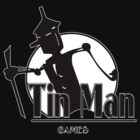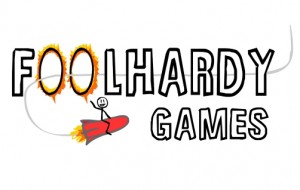NOTE: This post is a bit late, but its taken me a while to actually get around to putting together a version of our game that was suitable for the web. You can skip ahead and check out the game here.
During the weekend of Jan 27-29th, myself and numerous other game devs submitted ourselves to the gruelling process of attempting to make a game in just 48 hours. My team consisted of Pouya Aflatoun (art), Michael Theiler (audio), Jenn Sandercock (design/project-management) and myself doing the programming.
The theme for this years game jam was simply an image of an ouroboros (see below), a symbol that has been used to represent the cycle of life death and rebirth in various ancient and medieval cultures. Drawing on this theme we developed Soulmate; a game where the player must travel around a circular, wheel-shaped world looking for their ideal partner. When the player’s soulmate is found they breed and the player then takes control of child and the process starts all over again. There are two modes of play, Reality where players have a limited time in which to find their partner, and Denial, an un-timed “zen” mode with unlimited play.

To make things interesting the little creatures that we created to inhabit this world were all given different combinations of three simple traits; a shape (circle, square or triangle), a colour (red, green or blue) and a voice/song (bird call, camel roar, or robot buzz). Finding a soulmate requires players to find a partner with the one trait they desire, but with neither of the two traits they are trying to avoid. The child produced when a suitable mate is found, takes on a single trait from each parent plus one randomly assigned one.
While we tried to keep our game design simple and minimise scope creep, this game still ended up being a bit more ambitious than I had expected. All the time we thought we would have to play-test and debug the game ended up being eaten up by development and wrestling with our own unique approach to version control*. In the end we did submit our game within the 48 hour limit, but it was fairly buggy and had a number of user interface and gameplay issues that confused players.
So in the two weeks following the Game Jam our team spent a bit of time polishing and fixing up the game for presentation IGDA Melbourne‘s post jam showcase. The end result is something the whole team is really proud of and I’m already looking forward to teaming up again for next years Global Game Jam!
Links:
– Web Player Version (requires Unity Plugin)
– Windows
– Mac OSX
– Original Game Jam Submission (with all the original bugs!)
* I had quite stupidly opted to manually merge exported packages over taking the time to install the free version of Unity Pro on offer that weekend and setting up Unity’s Asset Server. A lot of work was lost or had to be redone because of this. The lesson here; always go with the option that removes or minimises the risk of human error!











